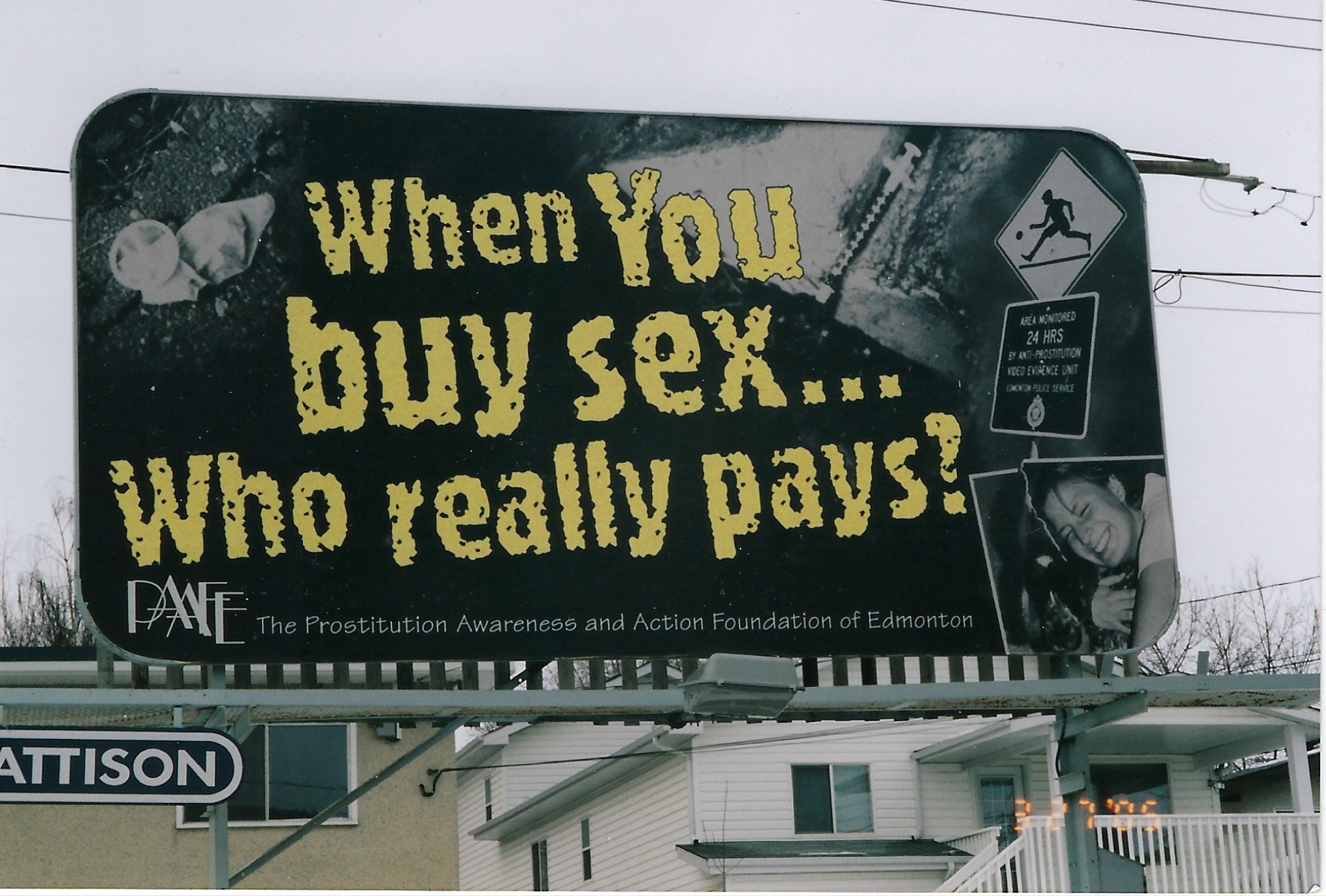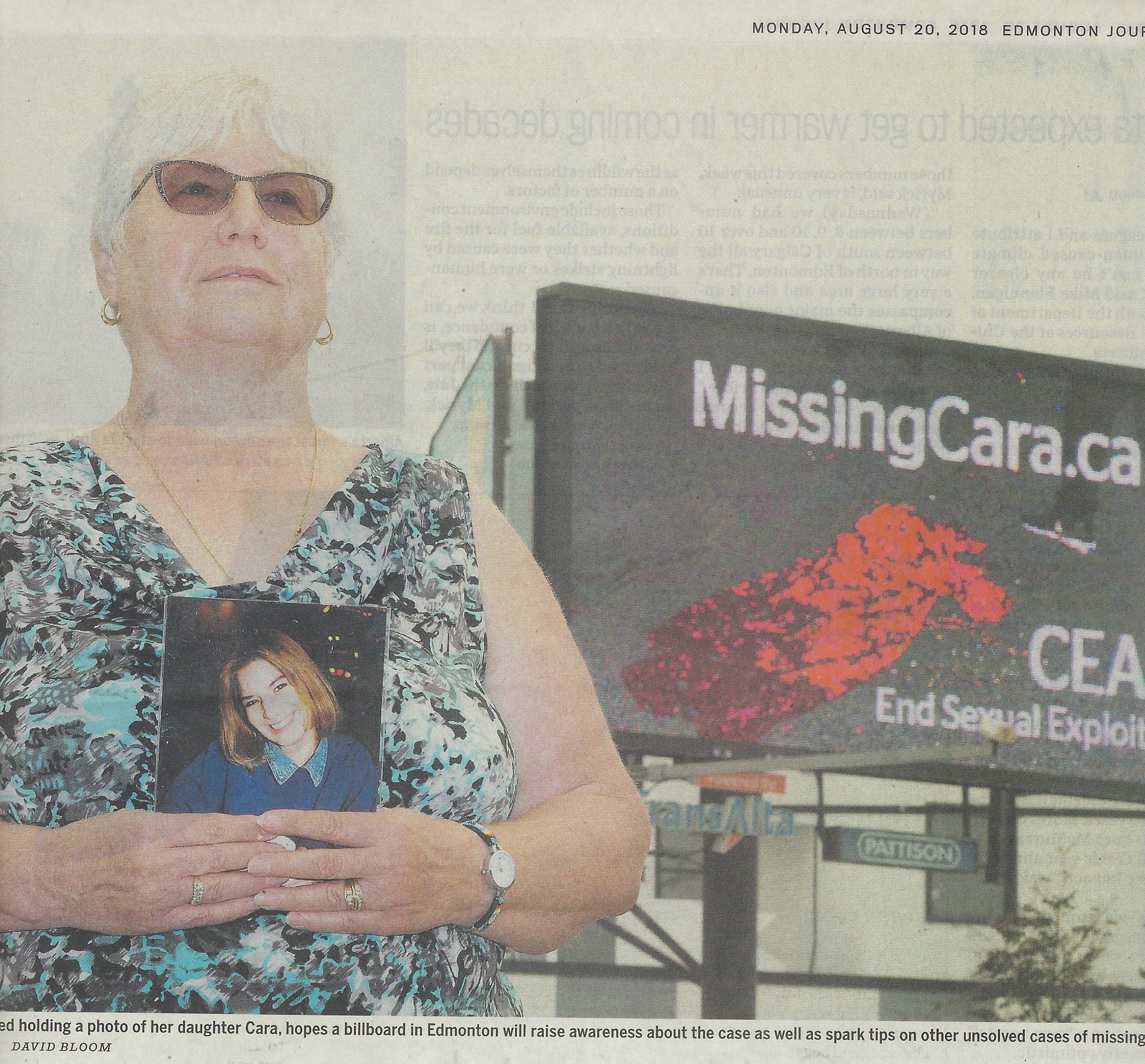February 22 is heralded  as Human Trafficking Day of Awareness for the first time nationally in Canada! This recognition is due to the work of an all-party committee co-chaired by Arnold Viersen, MP for Peace River – Westlock, Alberta. Arnold Viersen, age 35 and relatively new on the political scene, has been a champion for condemning all forms of human trafficking, listening to the voices of victims and survivors, raising awareness of the magnitude of modern-day slavery, and taking steps to combat human trafficking.
as Human Trafficking Day of Awareness for the first time nationally in Canada! This recognition is due to the work of an all-party committee co-chaired by Arnold Viersen, MP for Peace River – Westlock, Alberta. Arnold Viersen, age 35 and relatively new on the political scene, has been a champion for condemning all forms of human trafficking, listening to the voices of victims and survivors, raising awareness of the magnitude of modern-day slavery, and taking steps to combat human trafficking.
We know that from the beginning of time and in most cultures, there have been women stigmatized as sexually available outside the norms of conventional morality. These women have traditionally been shamed and criminalized for their own exploitation.
We know women have been forced to provide sexual services in acts of war and in positions of servitude. We know children are groomed to provide sexual services whether in past residential schools or in present economically deprived economies.
We also know that awareness and action are two quite different things. The hope, of course, is that increased awareness will lead to action on many fronts. Human Trafficking is called modern-day slavery because it is not limited to ancient or feudal times nor to foreign countries. Rather it is endemic in our own country and society.
The numbers quoted by the Status of Women Committee are from 2018 Stats Canada and are based on 1708 reported incidents of trafficking. Of those, 90% occurred in metropolitan areas, 97% were women and girls, 45% were between the ages of 18 and 24, and 28% were under the age of 18.
It was acknowledged that Human Trafficking is difficult to detect and subject to under-reporting. Of the 582 cases presented to adult criminal court, 81% of the accused were men and only 38% made it through the system to sentencing.
The vast majority, 92% of victims, knew the person(s) accused of trafficking them. For 31% it was a so-called “friend” or acquaintance. Another 29% were trafficked by a boyfriend or intimate partner. Sadly, many young women are enticed by promises of love and security, then encouraged to participate in providing income or forced to “pay back” what they have already received. The situations are often complicated by the introduction of drugs.
While the percentages quoted above may be accurate, we know the real numbers are much higher.
Globally, 40 million people are believed to be trafficked in what is a multi billion-dollar industry. Canada is recognized as a source, transport, and destination country. Given that Canada has .5% of the world population, we are potentially harboring 200,000 trafficked victims.
The numbers check out another way. Based on conservative statistics, 15-20% of men are sexual consumers. A world population of 7.8 billion (x 50% male x 75% age 18-75 x 15%) generates over 400 million consumers. 40 million victims suggests that one woman or child is trafficked for about every 11 consumers to meet the demand. Based on Canada’s population of 37.75 million, 200,000 victims would be required to meet the demand of Canada’s (37.75 x 50% x 75% x 15%) 2.12 million consumers.
At the local level, Edmonton (with an urban population of 980,000 x 50% x 75% x 15%) has at least 50,000 sexual consumers. Representing 2.5% of Canada’s population means Edmonton could be home to as many as 5000 trafficked and exploited victims.
We can not overlook that the sex trade is funded and perpetuated by sexual offenders, men lining up all over the world to “buy” sex from disadvantaged women and children who seldom see the money exchanged. The so-called “sex trade” is consumer driven and as long as there are consumers, there will be greedy profiteers. Victims will remain hidden as long as offenders are invisible or protected.
We also can not overlook that the sex trade is fueled by an insidious pornography industry. As images become more graphic, degrading, and violent, there is a growing demand to act out these illusions and the cycle of exploitation is perpetuated.
It is noted a vocal minority of service providers (maybe 500 in Edmonton) claim to be empowered by sex as “work” and subscribe to the “harm-reduction-through-licensing” model supported by the City and Council. However, there will never be enough providers to voluntarily meet consumer demands. That is why trafficking happens. The freedom and safety of ALL women is important. We must not let licensing detract from the greater harm happening to a more vulnerable population.
What can the average citizen do?
As researched best practices indicate, prevention must include focus on offenders. Education and awareness initiatives such as STOP (Sex Trade Offender Program aka “john school”) have been well received and shown to reduce demand. These could be expanded to more male populations.
Healthy sexuality can be promoted with warnings about the health risks of porn addictions. Education initiatives around human rights, commodification, grooming, respect and consent as well as systemic factors of inequality could be developed for the general public and extended to age-appropriate school curriculum.
Social justice initiatives can create equal opportunities for education and employment among disadvantaged populations. Access to stable housing, counselling and health services, assured income and child care are important for vulnerable women.
Exit programs and support must be readily available for those wishing and able to escape their traffickers. Multi-faceted trauma recovery, culturally appropriate healing services and educational bursaries would be helpful to survivors.
We seem to have adequate legislation but without action, it is ineffective.
As well, we now have a new imperative from the MMIWG report to see women as sacred and for all levels of government to acknowledge and condemn violence.
Are we ready to treat all women as sacred? Can we send a message to the world that all children will be protected from exploitation and trafficking? Can we turn this Day of Awareness into meaningful action?

